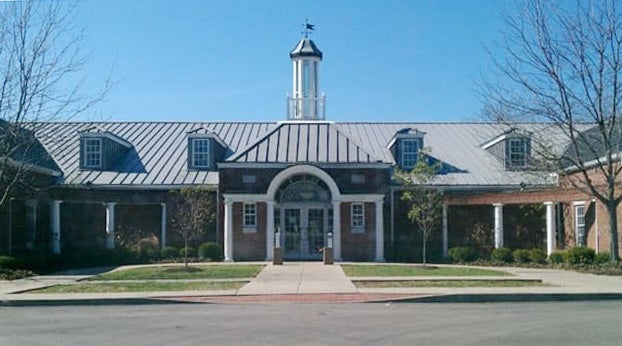Repairing pugged pastures
Published 11:14 am Wednesday, April 4, 2018
A wetter than normal winter has resulted in significant pugging damage in pastures across Kentucky.
Pugging occurs when the hooves of grazing livestock penetrate the soil surface during wet conditions and damage pasture plants as well as soil structure. The net result is decreased pasture productivity.
Depending on the severity of the damage, decreases in pasture productivity can range from 20 to 80 percent for six to 12 months following the initial damage.
Damaged sods are much more vulnerable to invasion from less productive weedy species.
Even after pastures have appeared to recover, pasture productivity can be decreased. There are several options for rejuvenating damaged pastures.
Pastures with light damage may recover fully without any inputs other than extra rest in the spring. Pastures with moderate damage may be thickened up by harrowing to level and smooth damaged areas, broadcasting seed, and cultipacking.
Areas with severe damage will, in most cases, require complete renovation.
Light damage
Allow damaged paddocks to get a little more mature before initiating grazing in the spring and give them a little longer rest period after grazing.
Make sure to avoid overgrazing these pastures during stressful conditions in the summer.
Overseeding moderately damaged sods
Damaged sods may be overseeded with legumes or a combination of grasses and legumes. This is best accomplished in late winter or early spring.
Areas should be leveled with a pasture drag or other tillage implement. Seed can then be broadcast on the soil surface and cultipacked.
A legume mixture that works well across the Commonwealth is 6-8 lb/A red clover + 1-2 lb/A ladino clover. Grass can also be added to this mixture as needed.
Tall fescue can be broadcast at a rate of 10-15 lb/A and orchardgrass at 6-8 lb/A.
If summer forage is needed, the damaged area may be prepared as described above and overseeded in mid- to late April (after risk of frost) with a mixture of an improved crabgrass (3-6 lb/A) and annual lespedeza (10-15 lb/A).
Complete reseeding of severely-damaged sods
Although sods can be reseeded with cool season species in the spring, it is usually advisable to wait until the following fall.
In this case, severely damaged areas can be leveled and smoothed by harrowing in late spring and seeded with a summer annual crop such as pearl millet or sorghum-sudangrass.
These crops can be utilized for summer grazing or conserved as hay or silage. This provides the opportunity to adjust soil fertility as needed and control any undesirable plant species with a nonselective herbicide application in late spring and again in late summer before reseeding the desired perennial forage mixture. This is an ideal opportunity to eliminate toxic tall fescue from a paddock and reseed a novel endophyte tall fescue variety.
The best solution to pugging damage is to work hard at avoiding it. This is not always possible, so use the strategies discussed above to rejuvenate damaged pastures.
For additional information, contact the Clark County Extension Office at 859-744-4682.
Article adapted from Dr. Chris Teutsch, Cow Country News. Clay Stamm is one of the Clark County Cooperative Extension Service Agents for Agriculture and Natural Resources.





